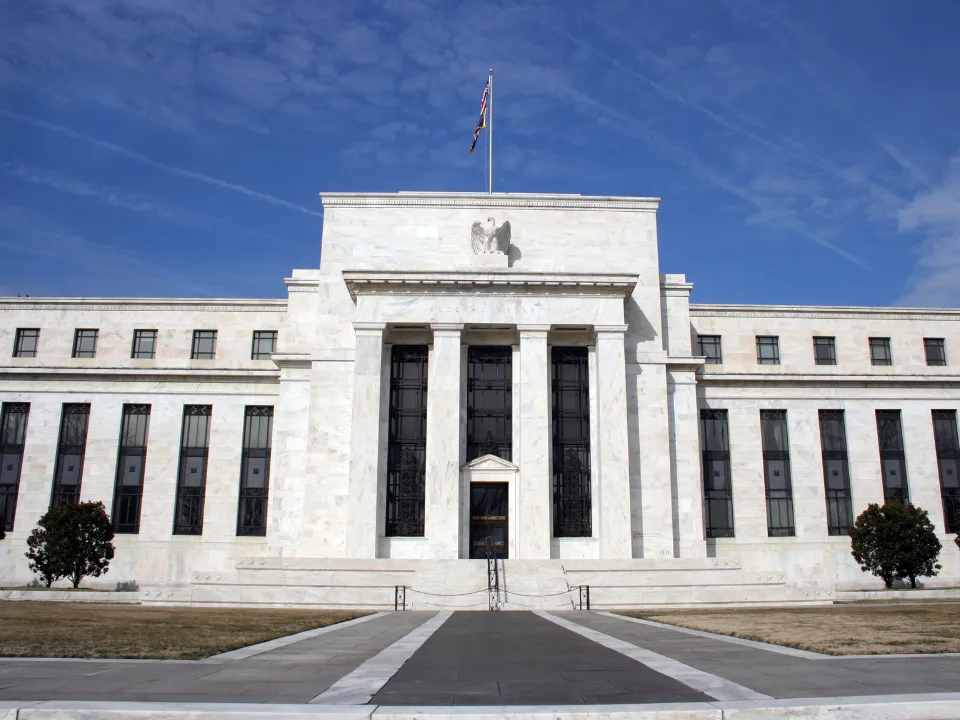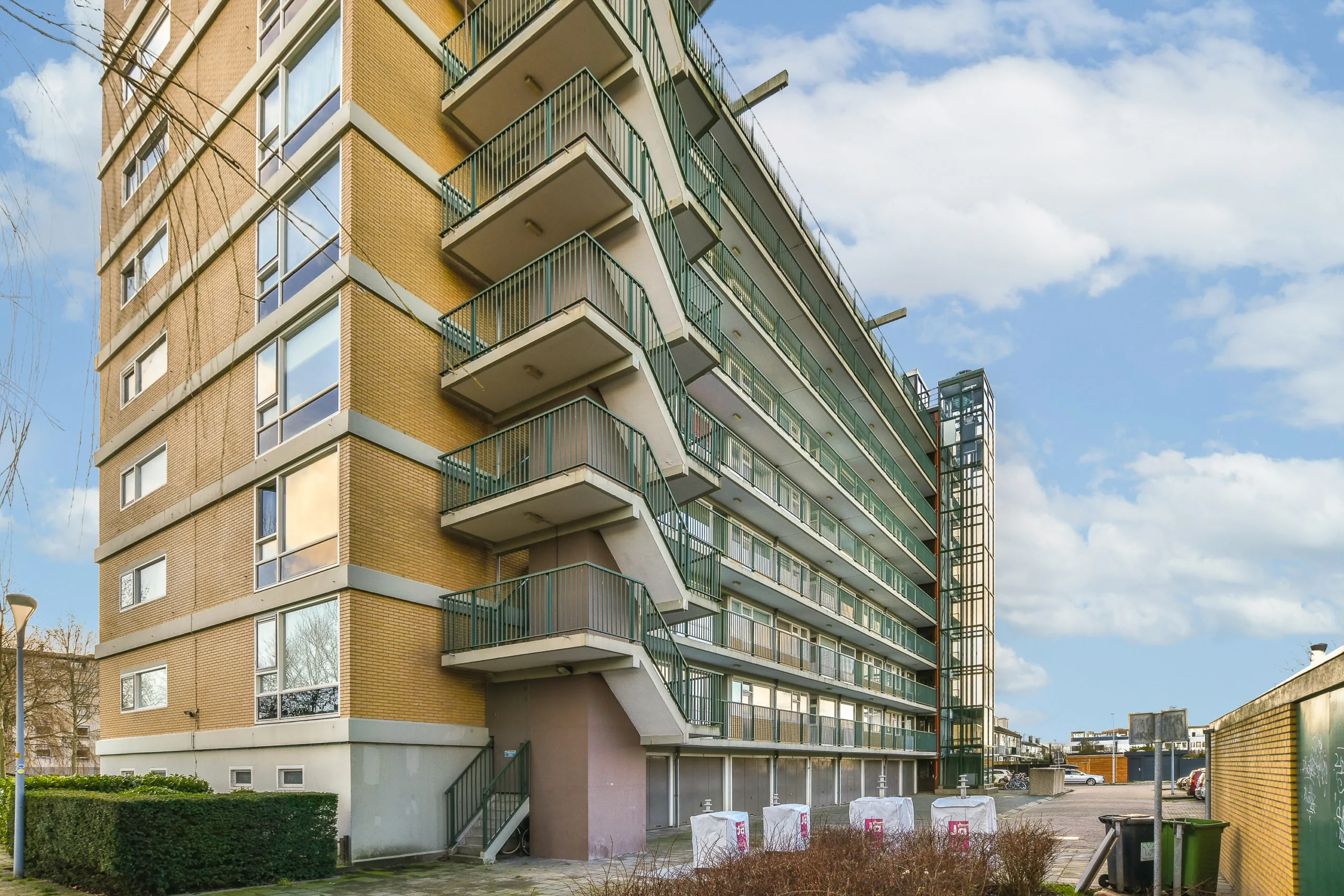- The White House plans to revise the Supplementary Leverage Ratio (SLR) to boost bank demand for long-term Treasurys.
- Yields on the 10-year Treasury remain elevated—between 4.3% and 4.5%—making federal borrowing and CRE financing more expensive.
- Experts question whether easing capital rules will significantly increase bank buying or meaningfully lower yields.
The Administration’s Strategy
The Trump administration wants to lower long-term interest rates, especially the 10-year Treasury yields, per GlobeSt. Since January, that yield has hovered above 4.3%, pushing up borrowing costs for the government and private sector alike. This includes commercial real estate, where long-term mortgage rates track closely with Treasury benchmarks.
Unlike short-term rates, which the Fed controls, the 10-year yield depends on investor demand. To shift that demand, the administration is focusing on bank regulations.
The Rule in Focus
At the center of the plan is the Supplementary Leverage Ratio (SLR). This rule requires large banks to hold capital equal to a set percentage of total assets, including Treasurys. For the largest banks, that figure reaches 5%.
Banking groups argue that the current SLR discourages them from holding Treasurys, even though they are considered safe and liquid. They claim the rule ties up capital that could otherwise support more lending or investment.
Get Smarter about what matters in CRE
Stay ahead of trends in commercial real estate with CRE Daily – the free newsletter delivering everything you need to start your day in just 5-minutes
Proposed Adjustments
The administration, in coordination with regulators, is considering two main options:
- Reducing the enhanced SLR by up to 1.5 percentage points
- Exempting Treasurys from the SLR calculation entirely
Officials believe either change could make Treasurys more attractive to banks. If demand rises, prices could climb—thereby lowering Treasury yields.
Market Reaction: Caution and Criticism
Despite the proposal, market analysts remain skeptical.
Deutsche Bank strategist Steven Zeng argued that trimming the SLR isn’t enough. “Only a full carve-out of Treasurys can significantly improve market liquidity,” he told Reuters. He warned that the lighter version of the rule change might not ease the stress banks face in volatile markets.
Analysts at BMO Capital Markets agreed. In their view, a minor adjustment to capital rules won’t lead to a large wave of Treasury buying.
Implications for CRE
The 10-year yield influences long-term debt costs, including for commercial real estate. Elevated yields have contributed to tighter financing conditions, lower deal volume, and declining asset values across several CRE sectors.
If Treasury yields fall, borrowing costs could ease. That would provide relief for property owners and boost investor confidence.
What’s Ahead
This week, the Federal Reserve will review bank capital rules, and the SLR is reportedly on the agenda. If regulators approve a change, the market could respond quickly.
Still, many question whether this move alone can shift the yield curve. As the administration weighs its options, investors, developers, and lenders are watching closely for signals that relief may finally be coming.


















